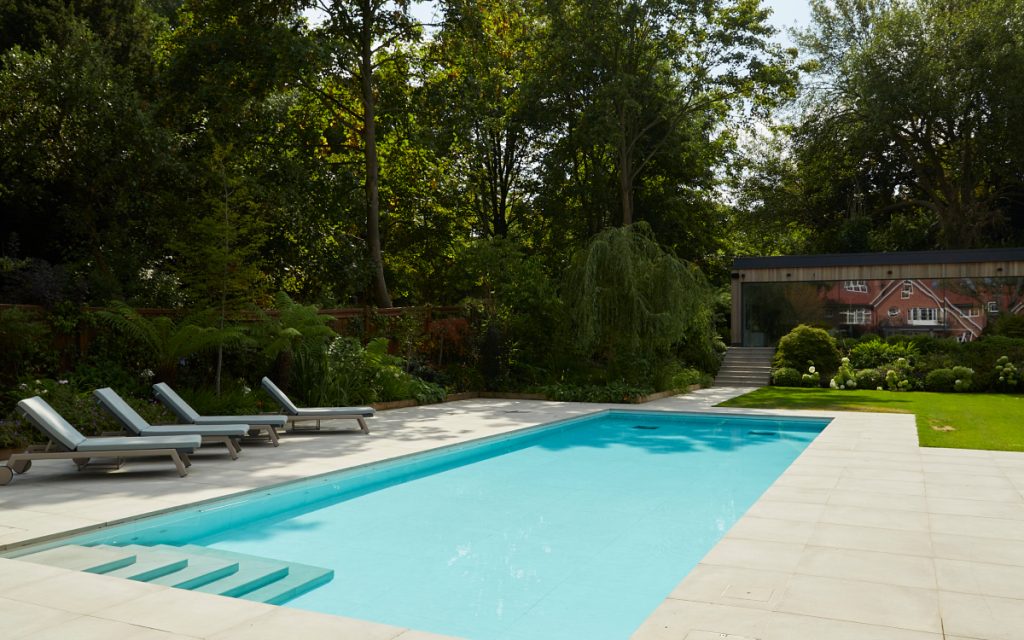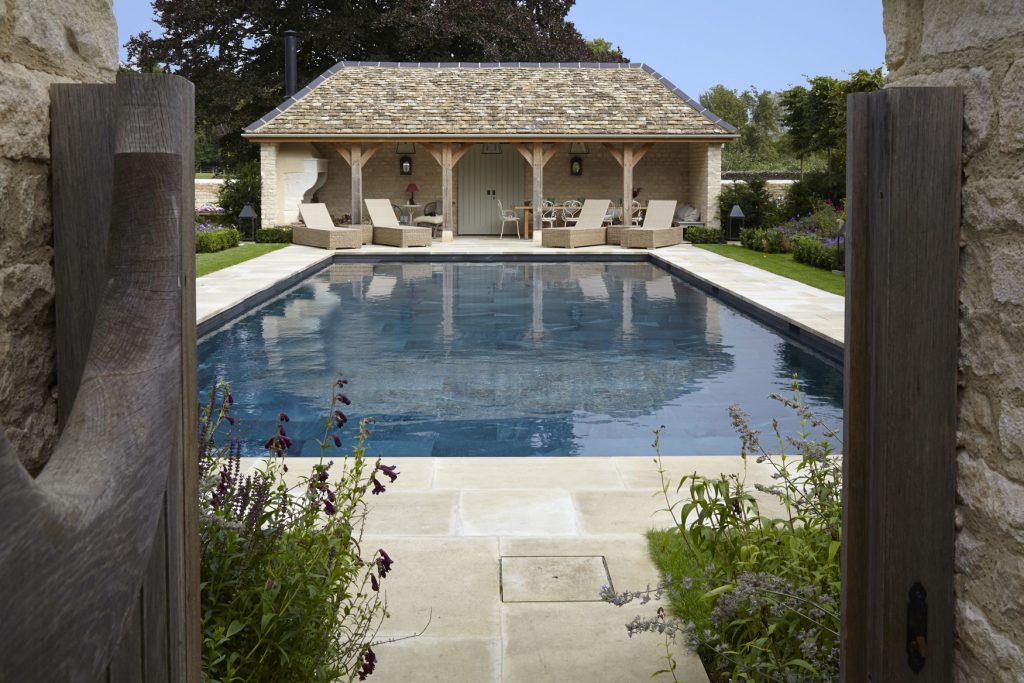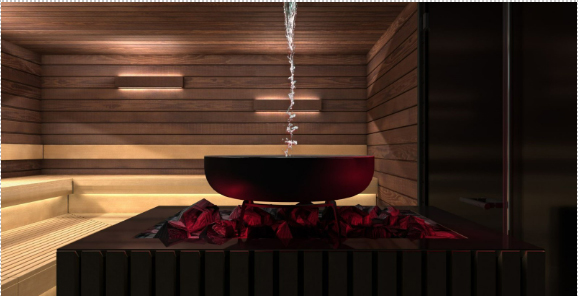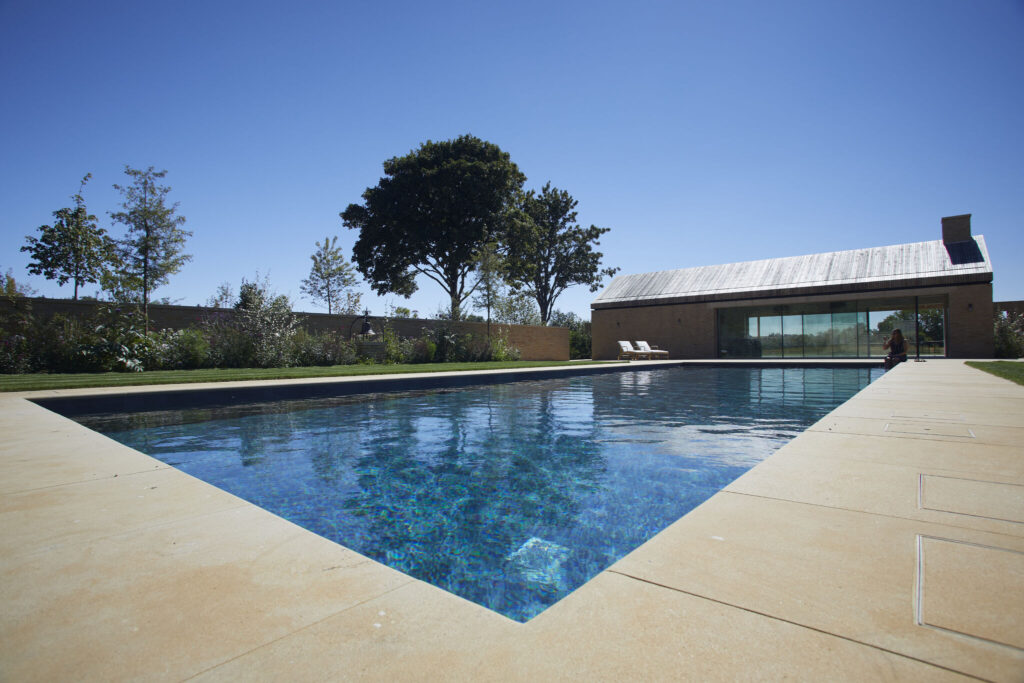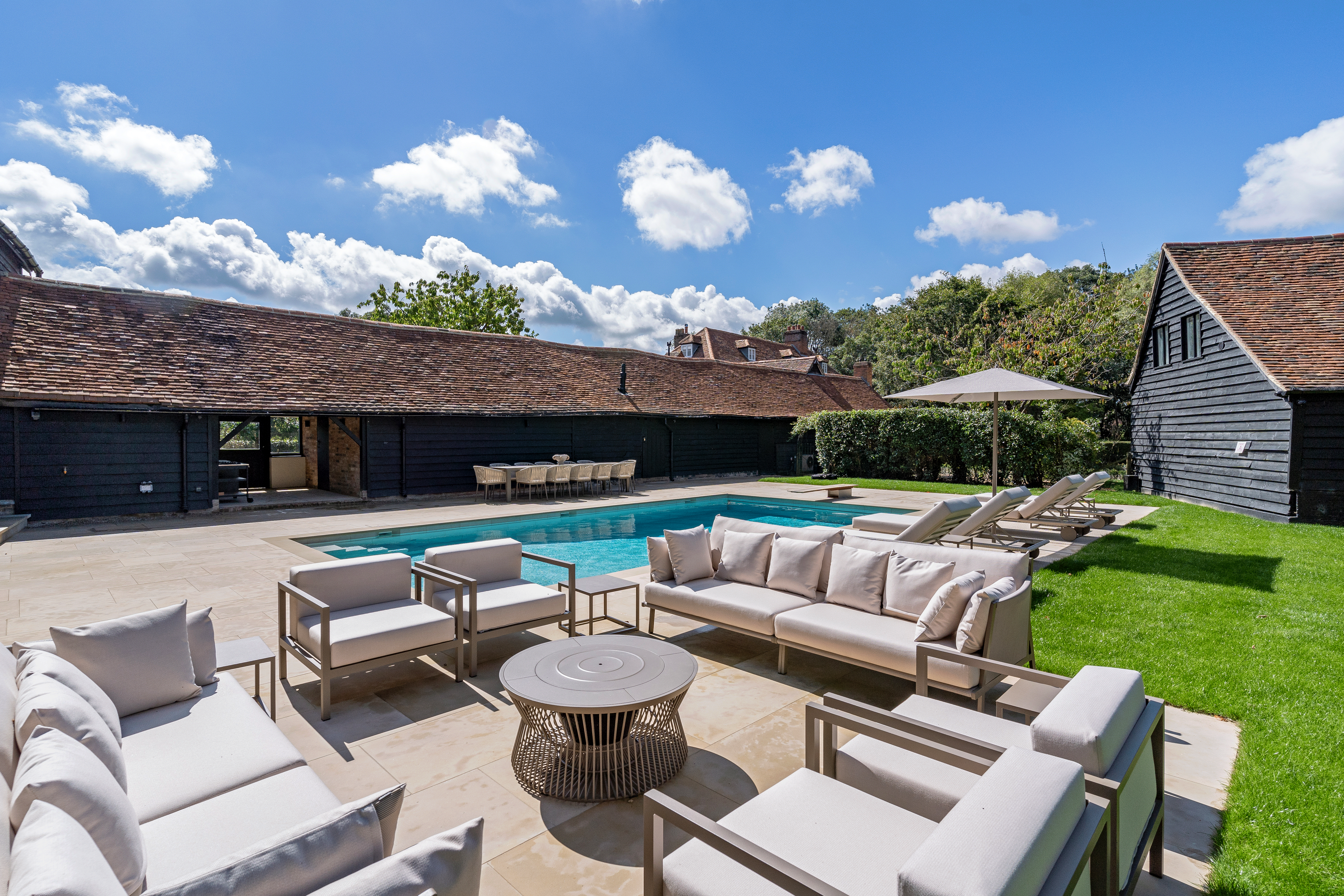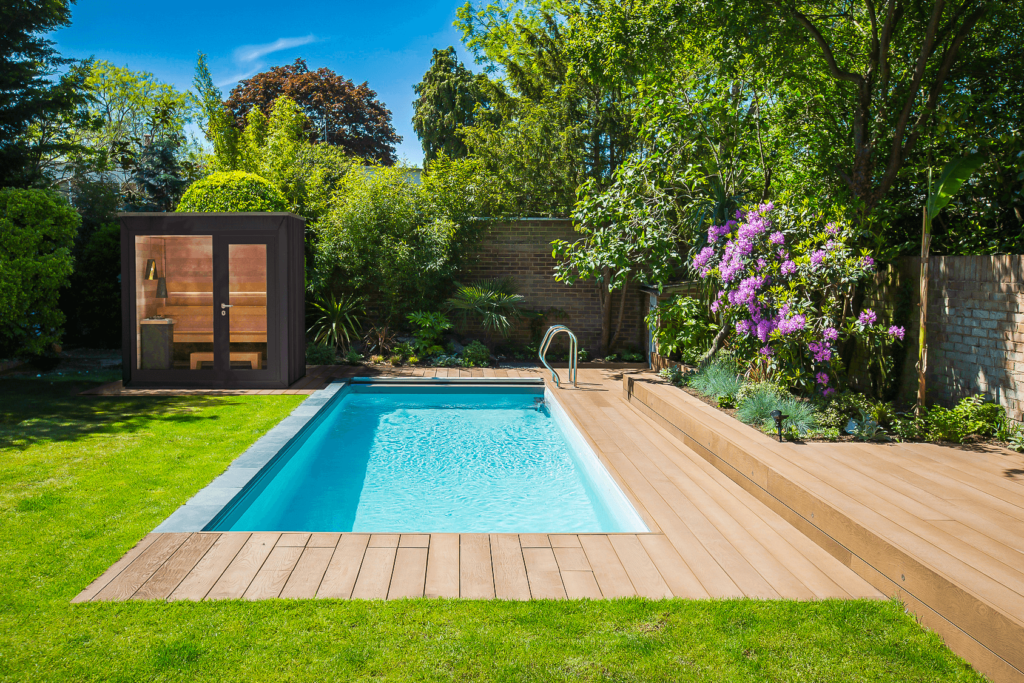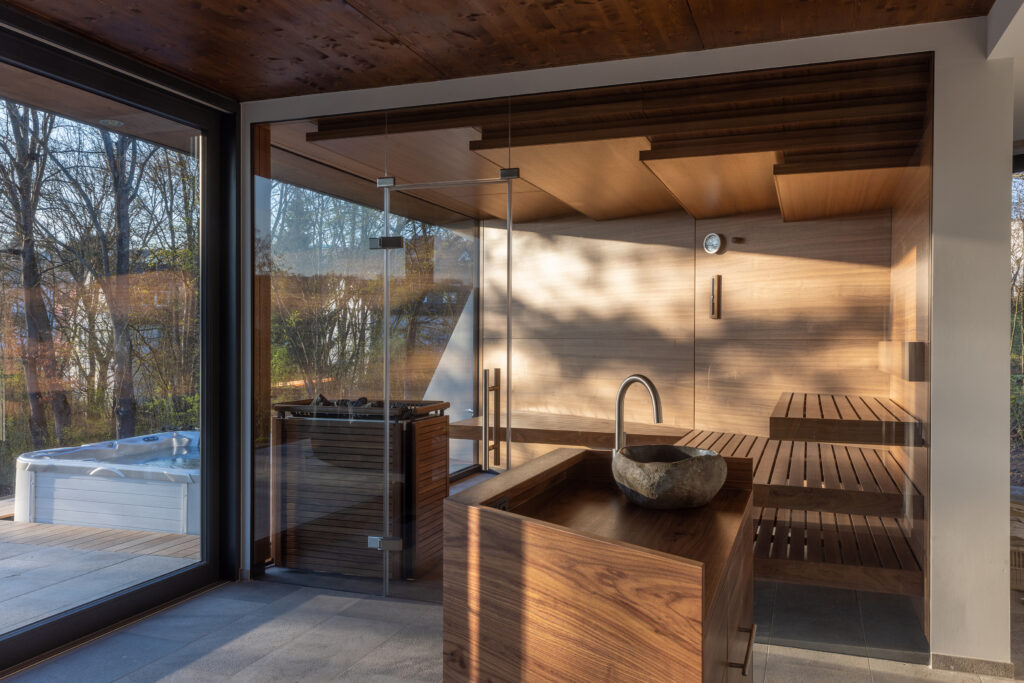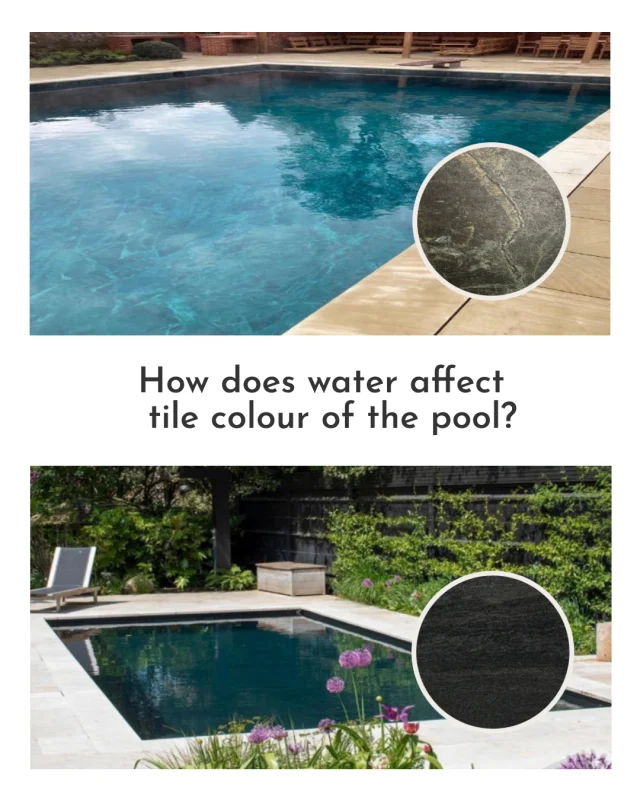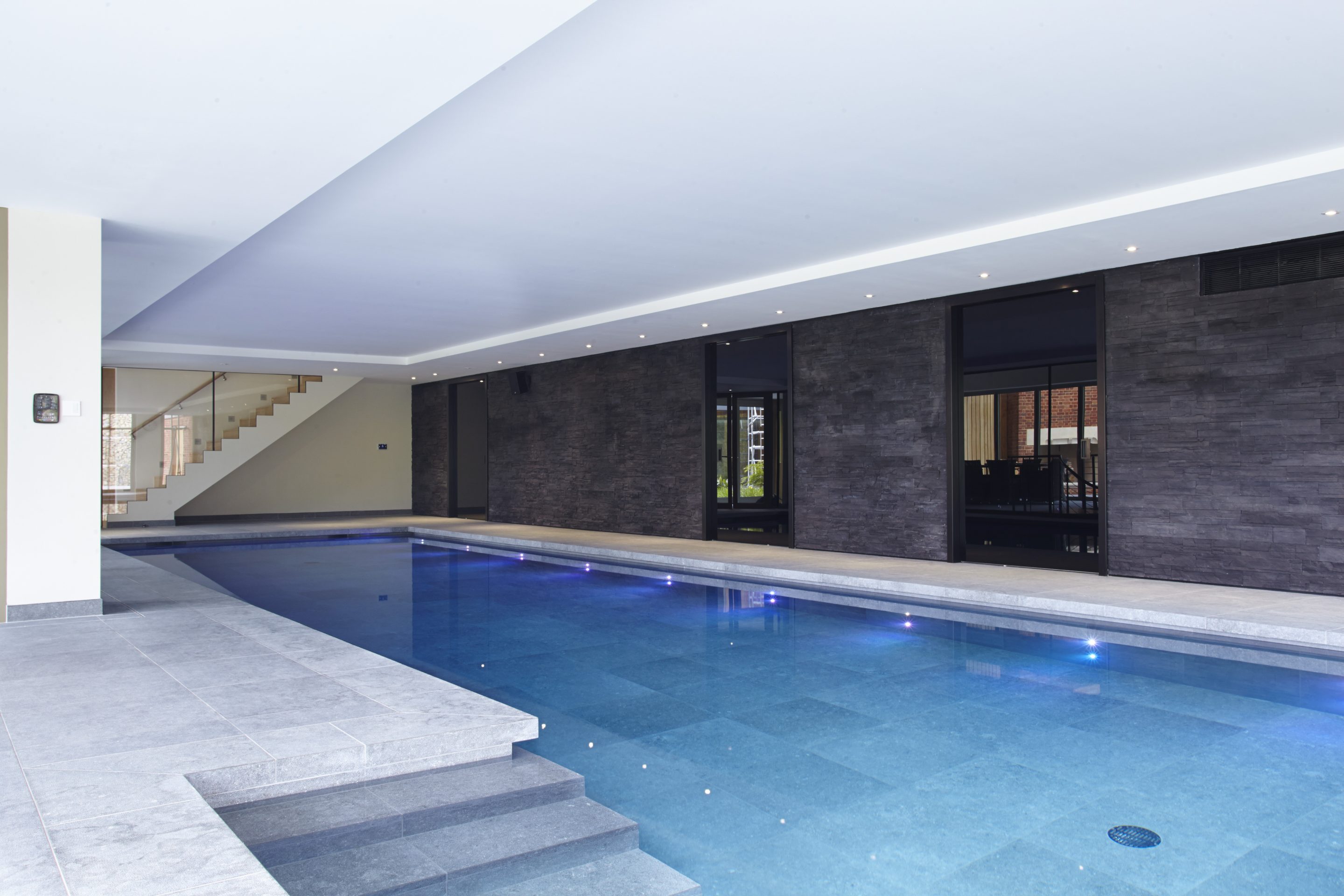
ARTICLE INTRODUCTION
Indoor pools offer a luxurious and practical addition to any property, providing year-round enjoyment and enhancing property value. For homeowners, they offer privacy and convenience. Commercial property owners, such as small hotels or premium residential developers, need to focus on guest preferences, regulatory compliance, and maintenance. Explore the key considerations for your indoor pool project with this guide.
Indoor Pools for Homeowners
Indoor pools offer year-round use, privacy, and lower maintenance compared to outdoor pools. They are protected from external elements like weather and debris, making them easier to keep clean. Additionally, indoor pools can be a luxurious addition to your home, enhancing its value and aesthetic appeal.
The initial construction cost of an indoor pool is typically higher than that of an outdoor pool. Operational costs, including heating, ventilation, and air handling system, can also be significant.
Maintenance requires specialised knowledge to manage humidity and air quality, however Guncast provide comprehensive maintenance to help keep your pool in optimal condition.
Design Considerations for an Indoor Pool at Home
Space and size: You’ll need to have adequate space for the pool and surrounding area. Consider the pool’s size, shape, and depth based on your intended use, whether for recreation, exercise, or relaxation. Plan for additional features like seating areas, storage, and safety equipment.
Think about the plant room. It is important for smooth operation. It holds all the equipment needed for water quality, temperature control, and pool function. Your indoor space must have room for this.
Ventilation: Proper ventilation and air handling system are essential to prevent moisture damage to your home. High humidity levels can lead to mold growth and structural issues. Invest in high-quality HVAC systems designed for indoor pools.
Safety measures: You’ll also need to consider safety measures such as pool covers, alarms, and non-slip flooring. Ensure that the pool area is well-lit and easily accessible. Consider installing barriers or gates to prevent unsupervised access, especially if you have children.
When you work with Guncast on your home pool project, the team carefully plans everything. This ensures a safe and enjoyable pool environment.
Structural Integrity
When designing an indoor pool, avoid placing it directly against building walls to prevent stress and water loss. Use insulation materials with high compressive strength to minimise heat loss and ensure the pool’s structural integrity.
Consider the pool’s location within the building. It should be easily accessible but not interfere with other essential areas. Ensure that the pool’s weight and water load are adequately supported by the building’s structure.
Design Considerations for a Commercial Indoor Pool
The pool should meet the needs of your target audience. For example, a smaller, boutique hotel might require a pool within an intimate atmosphere with a focus on wellbeing, while a residential development might prioritise fitness and leisure time.
Depending on the requirement, there is a choice of design features including:
- Water Jets and bubble loungers to provide therapeutic benefits and relaxation
- LED lighting to enhance the ambience and allowing for early morning and nighttime swimming
- Counter-current units to increase exercise intensity by creating resistance
Understanding Building Codes and Regulations
Compliance with local building codes and regulations is crucial. Adhere to local health regulations, building codes, guidelines. These include rules on fencing, pool barriers, depths, signage, water quality, and noise control.
Comply with Building Regulations Part L, which focuses on heat retention and insulation. Proper insulation helps maintain the pool’s temperature and reduces energy costs.
Commercial swimming pool operators in the UK must conduct risk assessments and comply with the Health and Safety at Work Act 1974, ensuring water quality, proper ventilation, and adequate safety measures. For more details, visit the HSE website.
Aesthetic Integration
Use features like skylights and large windows to bring in natural light, creating a bright and inviting space. Consider the pool’s surroundings, including flooring, wall finishes, and lighting, to enhance the overall aesthetic.
Incorporate elements that complement the building’s architecture, such as modern or traditional design features and consider the surrounding environment such as seating and plants.
Guncast designed and installed a bespoke indoor pool at a home in East Sussex, where sliding doors opened out to a large decking area. Consider creating the outdoor feel with sliding doors, ample natural light, and the illusion of outdoor swimming – perfect to embrace the warmer days of the year.
Energy Efficiency in Indoor Pools
Indoor pools can be significant energy consumers due to the need for heating, ventilation, and water treatment. Implementing energy-efficient practices can help reduce operational costs and environmental impact. Here’s what you need to consider:
Pool covers: Using pool covers can greatly reduce energy loss. They help minimise evaporation and save water. This also lowers the need for heating.
Heating system: Think about heat pumps. These include air-source and ground-source heat pumps. They use warm air from outside and stable temperatures from underground. Solar heating can also be a cost effective and sustainable option.
Some advanced systems combine pool water heating, dehumidification, fresh air induction and air heating into one unit. These systems capture heat during dehumidification. They can return the heat to the pool water or use it to warm the air in the pool room.
Temperature management: Keeping pool temperatures between 78°F and 82°F can help lower energy costs. Proper temperature management ensures comfort while optimising energy use.
Ventilation and insulation: Improving ventilation systems and insulating the pool area can reduce heat loss. Proper ventilation ensures air quality while minimising energy required for heating.
LED lighting: Switching to LED lighting for pool areas can reduce energy consumption significantly. LEDs are more efficient and have a longer lifespan compared to traditional lighting option.
Summary
Indoor pools are a valuable addition to any property, offering year-round enjoyment, privacy, and enhanced property value. Whether for homeowners seeking a luxurious retreat or commercial property owners aiming to meet guest preferences, careful planning and consideration are essential.
By focusing on design, structural integrity, compliance with regulations, aesthetic integration, and energy efficiency, you can ensure your indoor pool project is successful.
Guncast offers a complete service from design to installation and maintenance. They help you create a beautiful and functional indoor pool that fits your needs.
Frequently Asked Questions
What type of pool is best for indoors?
When choosing an indoor pool, consider fiberglass, concrete, vinyl-lined, lap, or H3: endless pools. Fiberglass pools are easy to maintain, while concrete pools offer customisation. Vinyl-lined pools are cost-effective but may need liner replacements. Lap pools are perfect for exercise, and endless pools provide adjustable currents for continuous swimming. Each type has unique benefits depending on your needs for maintenance, customisation, and usage.
What is the best way to heat an indoor pool?
The best way to heat an indoor pool efficiently includes using heat pumps, solar heating, and gas heaters. Heat pumps are cost-effective and draw heat from the air, while solar heating is environmentally friendly and reduces energy costs. Gas heaters provide rapid heating for occasional use. Additionally, pool covers help retain heat and reduce evaporation, and maintaining moderate temperatures between 78°F and 82°F ensures comfort and energy efficiency.
Does an indoor pool add value to your home?
Yes, an indoor pool can add value to your home. It offers year-round enjoyment, privacy, and protection from external elements, which can be appealing to potential buyers. The added value depends on the local real estate market and buyer preferences. The residential indoor pools Guncast provide are customised to the homeowners tastes and lifestyle.
Can you turn and outdoor pool into an indoor pool?
Yes, you can convert an outdoor pool into an indoor pool by building a permanent structure around it or installing a retractable pool enclosure. This conversion extends usability throughout the year, improves water quality, and provides better temperature control and security. Considerations include budget, building codes, and ventilation.






